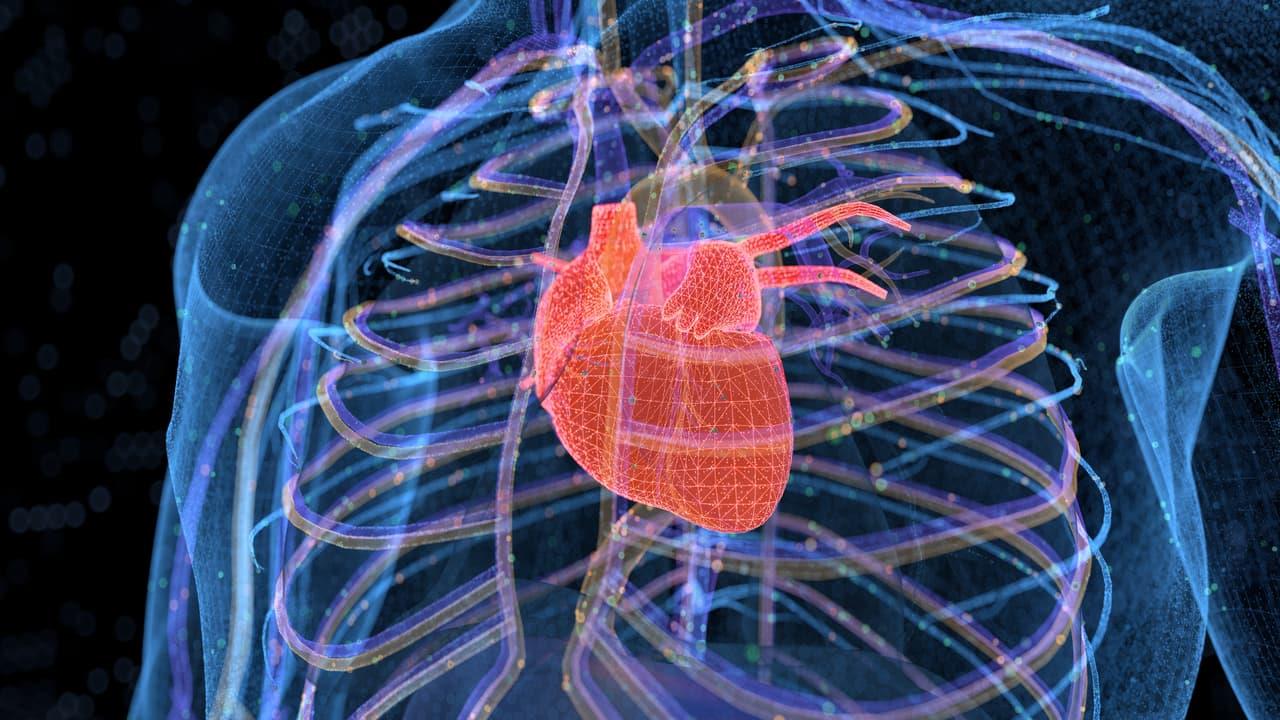
Crystal Camera Breakthrough Could Transform Nuclear Medicine Imaging
Imagine going in for a heart scan that takes less time, exposes you to less radiation, and gives your doctor sharper, clearer images than ever before - all at a lower cost. That future may be closer than we think, thanks to a new type of crystal-based camera developed by scientists at Northwestern University and Soochow University in China.
The breakthrough centers around a material called perovskite, a crystal that has already shaken up the solar energy world and is now making waves in medicine. Researchers have successfully built a perovskite gamma-ray detector that outperforms the expensive, fragile detectors currently used in nuclear medicine scans like SPECT (single-photon emission computed tomography). The findings were published on August 30, 2025, in the Journal Nature Communications.
Why it matters for patients
Nuclear medicine imaging is like having an invisible camera inside the body. Doctors inject a small amount of a safe radiotracer, which releases gamma rays. A scanner outside the body detects these rays and converts them into 3D images of organs at work - from blood flow in the heart to hidden signs of disease.
The problem? Today's detectors either cost a fortune (like cadmium zinc telluride, or CZT, systems) or produce fuzzy, low-quality results (like sodium iodide detectors). This keeps the best technology out of reach for many hospitals and, in turn, patients.
That's where perovskite steps in. These crystals are cheaper to produce, more stable, and capable of delivering record-breaking image clarity. For patients, that could mean:
Shorter scan times
- Lower doses of radiation More accurate results Wider access, even in smaller clinics or hospitals From solar cells to body scans
The research team, led by Professor Mercouri Kanatzidis at Northwestern and Professor Yihui He at Soochow University, has spent over a decade studying perovskites. Initially, their work focused on solar cells, but they soon realized that these crystals were also highly sensitive to X-rays and gamma rays.
By carefully engineering the crystal structure and designing a pixelated sensor (similar to the pixels in your phone camera), they created a detector that can spot even the faintest signals from radiotracers. In lab tests, the device captured incredibly fine details - separating radioactive sources just millimeters apart - something older detectors struggle to achieve.
On the road to hospitals
The promise of this technology is already moving beyond the lab. A Northwestern spinout company, Actinia Inc., is working to commercialize perovskite detectors and bring them into real-world medical devices. Because the detectors are easier to make and much cheaper than CZT systems, experts believe they could become a game-changer for nuclear medicine worldwide.
“High-quality scans shouldn't just be available at hospitals that can pay millions for equipment,” Kanatzidis said.“With perovskites, we can open the door to clearer, faster, safer scans for many more patients.”
A glimpse into the future
While more work is needed to refine the technology and scale up production, the results so far suggest that perovskite detectors could soon set a new standard in medical imaging. Doctors would gain sharper tools to diagnose disease, and patients would benefit from safer, more accessible care.
In short, the next time you hear“crystal clear,” it might not just describe your photos - it could be describing your next medical scan.
Legal Disclaimer:
MENAFN provides the
information “as is” without warranty of any kind. We do not accept
any responsibility or liability for the accuracy, content, images,
videos, licenses, completeness, legality, or reliability of the information
contained in this article. If you have any complaints or copyright
issues related to this article, kindly contact the provider above.
Most popular stories
Market Research
- Thinkmarkets Adds Synthetic Indices To Its Product Offering
- Ethereum Startup Agoralend Opens Fresh Fundraise After Oversubscribed $300,000 Round.
- KOR Closes Series B Funding To Accelerate Global Growth
- Wise Wolves Corporation Launches Unified Brand To Power The Next Era Of Cross-Border Finance
- Lombard And Story Partner To Revolutionize Creator Economy Via Bitcoin-Backed Infrastructure
- FBS AI Assistant Helps Traders Skip Market Noise And Focus On Strategy



















Comments
No comment